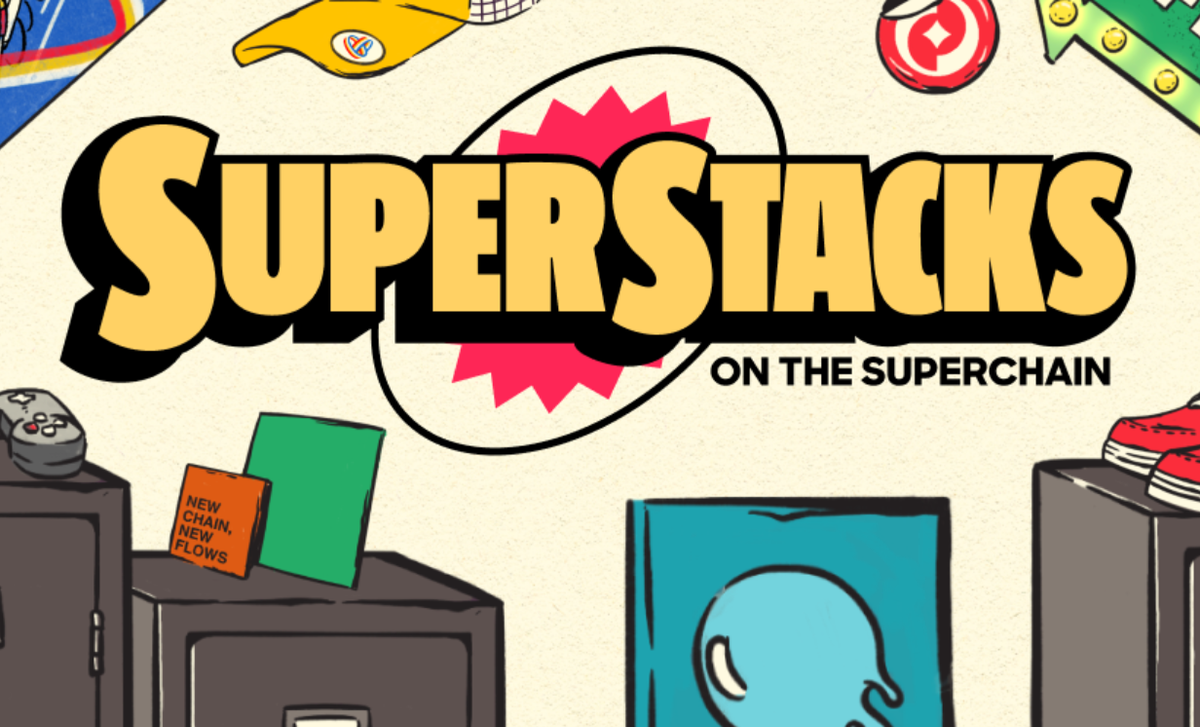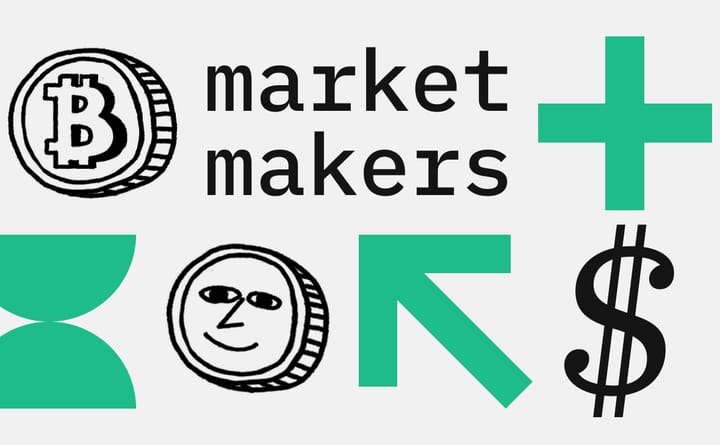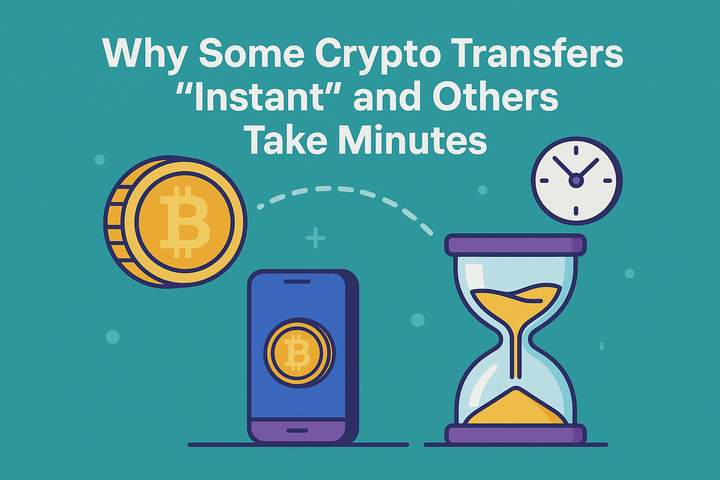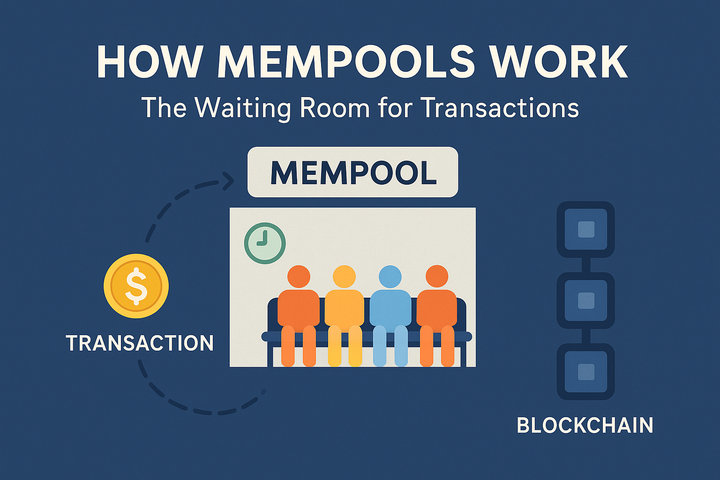Optimism Superstacks Campaign Analysis: Progress Assessment, Forecasts, and Prospects for Projects Like Mitosis EOL

The Optimism Superstacks campaign was a significant milestone in the OP Stack ecosystem growth strategy. It was not just a marketing ploy, but a large-scale test of the maturity and flexibility of the second-layer modular infrastructure. The campaign was aimed at promoting custom rollups, increasing the number of users in the Superchain network, and demonstrating practical scaling cases. It is especially interesting to analyze this initiative in the context of the prospects of new projects like Mitosis EOL, which may qualify for participation in future preferential programs or partnerships.

Campaign Progress and Key Results
Growth in the Number of Networks and Active Users
Superstacks demonstrated the effectiveness of the multi-chain approach. During the campaign:
1. The number of rollup networks built on OP Stack increased by more than 30%.
2. The total number of active users (wallets) in the Superchain ecosystem increased by 40–60%.
3. TVL growth on individual chains has exceeded $50 million, especially for Superstacks players like Mode, Base, and Zora.
Forecast – Key Growth Vectors for the Superchain and Mitosis EOL
|
Growth Vector |
Superchain Trend (2024–2026) |
Strategic Role for Mitosis EOL |
Required Milestones |
|
Modular
Liquidity Infrastructure |
Increasing
demand for unified liquidity routing across L2s |
Acts as
a core router between OP Stack chains |
Launch
routing protocol, bootstrap TVL |
|
Shared
Sequencer Layer Integration |
Migration
toward shared sequencing across OP chains for atomic composability |
Provides
synchronization layer or plug-in interface for rollup coordination |
Integration
with OP Stack sequencer logic |
|
Abstracted
UX for Multi-Rollup Apps |
Projects
aiming to serve multiple L2s seamlessly via one interface |
Offers
SDKs and APIs for cross-rollup dApps to simplify onboarding |
Launch
developer toolkits, form dApp partnerships |
|
Governance
& Interoperability Layer |
Focus
on unifying governance between OP-based chains |
Builds
tooling to relay governance signals and bridge community interactions |
Governance
relay module, participate in Token House |
|
Cross-Rollup
Messaging & Routing |
Vital
need for fast, secure bridging and message passing |
Mitosis
acts as a hub for secure L2<>L2 interoperability |
Audited
messaging bridge, cross-chain relayer |
The effect of the focus on the “revenue-sharing” model
Most of the campaign participants focused on long-term sustainability: native tokens, built-in fees, user retention. These models were positively received by the Optimism Foundation, which reinforces the trend towards creating “profit-aligned” networks - an important signal for projects like Mitosis EOL.

Potential partnerships and opportunities after Superstacks
Optimism, after the end of Superstacks, is focusing on Selective Expansion - attracting infrastructure and product partners that can create added value for Superchain. This opens a window of opportunity:
Mitosis EOL: Synergy with Optimism
Mitosis EOL is a project focused on network abstraction and liquidity management between L2 chains. It fits perfectly into the OP Stack ecosystem, offering:
· Cross-rollup routing;
· Simplified UX for Superchain users;
· Potential implementation of a Shared Sequencer Layer compatible with OP Stack.
If the project is deployed as a custom rollup on OP Stack, it will be eligible for:
1. Integration into the RetroPGF and Developer Grants programs;
2. Partnership campaigns with Mode, Base, or Fraxchain;
3. Participation in the next wave of Superchain incentives.
4. Preferential programs and mechanisms for increasing
Perhaps one of the most valuable options after Superstacks will be personalized support and strategic subsidies for projects that strengthen the connections between chains within Superchain.

Possible forms of support:
· Bootstrapping liquidity programs - grants for the launch of liquidity in Mitosis;
· Developer Co-Mining Incentives - joint funding of user activity;
· “Onboarding Accelerator” from OP Labs — assistance in deploying a custom rollup;
· Priority participation in Superchain Governance Pilots, including voting for RetroPGF distribution.
Post-Superstacks Partnership Opportunities for Projects Like Mitosis EOL
|
Opportunity Type |
Description |
Relevance for Mitosis EOL |
Key Stakeholders |
|
Rollup
Deployment Support |
Technical
and funding assistance to launch custom OP Stack rollups |
Enables
launching Mitosis as its own rollup with integrated routing tools |
OP
Labs, Caldera, Conduit |
|
Liquidity
Bootstrapping |
Incentives
to attract liquidity and users during initial phases |
Helps
create initial TVL and incentivizes usage across multiple OP chains |
Optimism
Foundation, DeFi protocols |
|
RetroPGF
Eligibility |
Grants
distributed retroactively based on public goods contributions |
Mitosis
could qualify as infrastructure enhancing UX across the Superchain |
Optimism
Collective |
|
Co-Incentive
Campaigns |
Joint
incentive programs with existing OP chains (e.g., Base, Mode) |
Encourages
user migration and shared growth with bigger chains |
Partner
L2 teams |
|
Governance
Onboarding |
Access
to early voting power and governance participation |
Positions
Mitosis within OP Collective governance, increasing long-term influence |
Optimism
Token House |
|
Developer
Co-Mining |
Funding
matched developer contributions and open-source tooling efforts |
Incentivizes
contributors to build on top of Mitosis Rollup |
OP
Labs, Gitcoin |
Predictions: where is the Optimism ecosystem heading?
Consolidation: After the Superstacks hype, a phase of steady growth will begin, where those who create a real user experience will survive.
Modularization and service rollups: Projects that do not compete for user traffic, but enhance UX (like Mitosis) will be in demand.
Horizontal integration: OP Stack will open an API for interaction between rollups — this is where liquidity routing, abstracted bridge layers, and state synchronization are needed, which Mitosis EOL can offer.

Conclusion
The Superstacks campaign showed that Optimism is betting not on mass, but on modular quality. The next step will be to strengthen the fundamental layers of Superchain. This is where niches emerge for technically oriented projects like Mitosis EOL, which can not only receive grant or marketing support, but also become system partners that strengthen the core infrastructure of Optimism.
For such projects, the key to success will be:
1. A competent presentation of the value for the entire Superchain;
2. A focus on modularity and compatibility with the OP Stack;
3. Participation in governance initiatives and programs of the Optimism Collective.



Comments ()